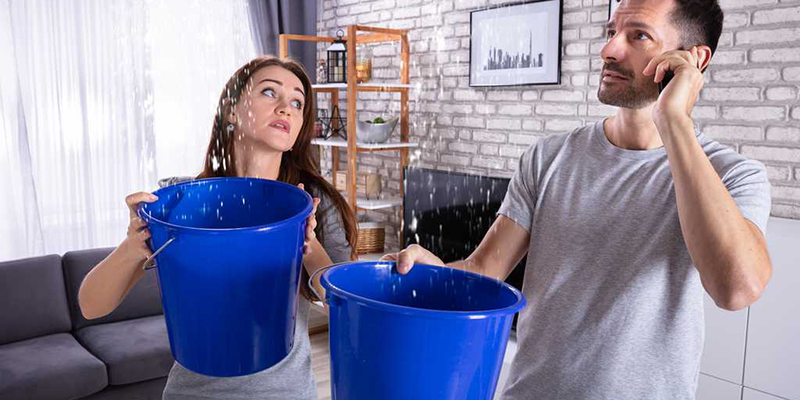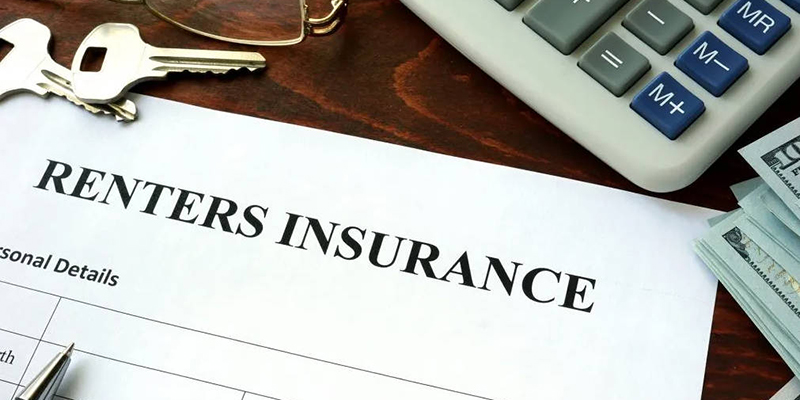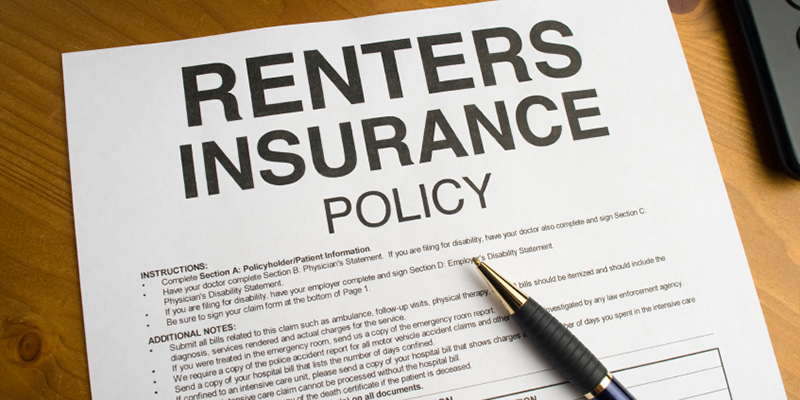Water Damage: A 5-Step Guide To Navigating Homeowners Insurance Claims
Picture this: You wake up one morning to the sound of dripping water, and after getting up from bed, you realize that your living room has turned into a pool. Water damage is a homeowner's worst dream that can occur at a time and frustrate you.
Understanding how and what happened is hard enough, and then filing an insurance claim comes. It is a lot of paperwork, evaluations and bargaining.

If you make a single mistake, you will likely be left with little or nothing and charged a lot of money for repairs. But don't panic! We've got your back.
This blog post will provide a step-by-step guide to Navigating Homeowners Insurance Claims and the necessary information to protect your home and your pocket.
Keep reading to learn how to transform this crisis into a manageable situation. Begin your journey to recovery here!
Understanding Water Damage And Your Insurance Policy
Water damage is a complicated and serious problem for homeowners. But do you know there are certain types your insurance does not cater to? It is essential to understand what you are being covered against in the policy that you take.
The majority of the policies provide for water damage, which is sudden and accidental. Imagine burst pipes or washing machines that are filled with water and start to overflow.
They fail to capture loss due to negligence or lack of proper care. However, the policy will only protect those with remarkable riders regarding floods or sewer backups.
Here's the kicker: even with insurance, your company may only accept your application if you hurry. Water only takes a short time to cause further damage, such as the growth of mould and damage to structures.
That is why people need to understand all the terms and conditions of their policies before crises occur. Take the time now and evaluate what you have read. It could help you avoid spending thousands of dollars in the long run.
5 Steps For Successfully Claiming Water Damage On Homeowners Insurance
Let's learn what steps you must follow. You can navigate the claims process like a pro with the right approach. Here's your step-by-step guide to tackling this watery mess head-on.
1. Immediate Action: Document And Mitigate
When water's wreaking havoc in your home, your first instinct might be to panic. Don't. Instead, grab your phone and start snapping photos. This is your evidence, so be thorough.
Next up is damage control. If you haven't already, shut off that main water valve. Move your valuables to higher ground; think family heirlooms, electronics, and anything that doesn't play well with water.
Pro tip: Use your phone's video feature to narrate what you see. "This is the living room on June 1st; water is ankle-deep..." Trust me, your future self (and your insurance adjuster) will thank you.
2. Review Your Policy
It's time to dig out that policy you stashed away. Can't find it? No sweat. Most insurers have online portals where you can access your documents. Login and download that document.
Zero in on the sections about water damage, coverage limits, and deductibles. It's like a treasure hunt, but you're looking for clauses and conditions instead of gold.

Watch out for sneaky exclusions. Some policies might not cover damage from backed-up drains or slow leaks. Knowing these details now can save you headaches later.
3. Contact Your Insurance Company
Alright, now call your insurance company. Keep this off; many policies have time limits for reporting damage.
Before dialling, gather your policy number, briefly describe what happened, and give a rough idea of the damage. The more prepared you are, the smoother this call will go.
When you're on the phone, be clear and concise. Stick to the facts. And hey, it's okay to ask questions. Jot down their claim number; it's your golden ticket for follow-ups.
4. Work With The Insurance Adjuster
The adjuster is coming soon—there is nothing to worry about! They're not the enemy. Their job is to evaluate the losses, so ensure you assist them in doing it correctly.
Treat them well because that is how they will be treated when they visit your place. Tidy up wrecked items that can be tidied, but be sure that there are signs remaining. Make sure to have your photos and videos taken ready for display.
If you think the adjuster is lowballing you, do not be shy and tell them. One may want to get a second opinion from an independent adjuster. Remember that no one will fight for you as much as you will.
5. Navigate Repairs And Restoration
Selecting contractors is often an absolute minefield. Consult your insurance company for the best insurance policy recommendations, but that should be the beginning. Seek several bids and confirm the referrals.
You must calm down if you and your insurance company can not mutually agree on the repair costs. Collect proof in your favour; it's as simple as consulting contractors and other professionals.
When the claim is processed, avoid cases where the damage will escalate. Use the fans to help dry up the areas, and refrain from undertaking extensive repair works until allowed. Finally, patience and persistence are essential here.
Common Pitfalls To Avoid When Claim For Homeowner Insurance
Filing a water damage claim isn't a walk in the park. Many homeowners stumble into traps that can derail their claims. Don't be one of them.
First, don't drag your feet. Waiting too long to file can give your insurer a reason to deny your claim. And while you're at it, document everything. That tiny water stain? Snap a picture. It might grow into a bigger problem later.
Here's a rookie mistake: taking the first offer that comes your way. Insurance companies aren't in the business of overpaying. Get a second opinion if something seems off.
Oh, and those policy exclusions? They're not just fancy words. Not understanding them can leave you high and dry when you need coverage most.
Stay sharp, ask questions, and be willing to push back when necessary. Your home and wallet will thank you.
Be Water-Wise: Prepare Now, Relax Later
Don't wait for disaster to strike. Take charge of your home's future today.
Take your insurance policy and give it a good read. You might be surprised at what you find or don't find. While you're at it, create a home inventory. Trust me, you'll thank yourself later if the worst happens.
Water damage doesn't wait, so why should you? A little prep work now could save you a world of stress later. Your home is your castle; defend it wisely!
Frequently Asked Questions
Q. Is mould damage from water leaks covered by homeowners insurance?
Ans. It depends. You might be in luck if the mould results from a covered water damage event. But if it's from long-term moisture issues, you're probably out of pocket.
Q. How long do I have to file a water damage claim?
Ans. Most policies require you to file "promptly" or within a specific timeframe, often 14-30 days. Don't dawdle – the sooner you file, the better your chances.
Q. Will filing a water damage claim increase my insurance premiums?
Ans. It might. Claims can affect your rates, especially if you file multiple ones. But don't let this stop you from filing when necessary.
Q. What if I can't afford the deductible for my water damage claim?
Ans. Talk to your insurer. Some offer payment plans. Consider emergency funds or low-interest loans. Remember, paying the deductible is often cheaper than completing repairs.





